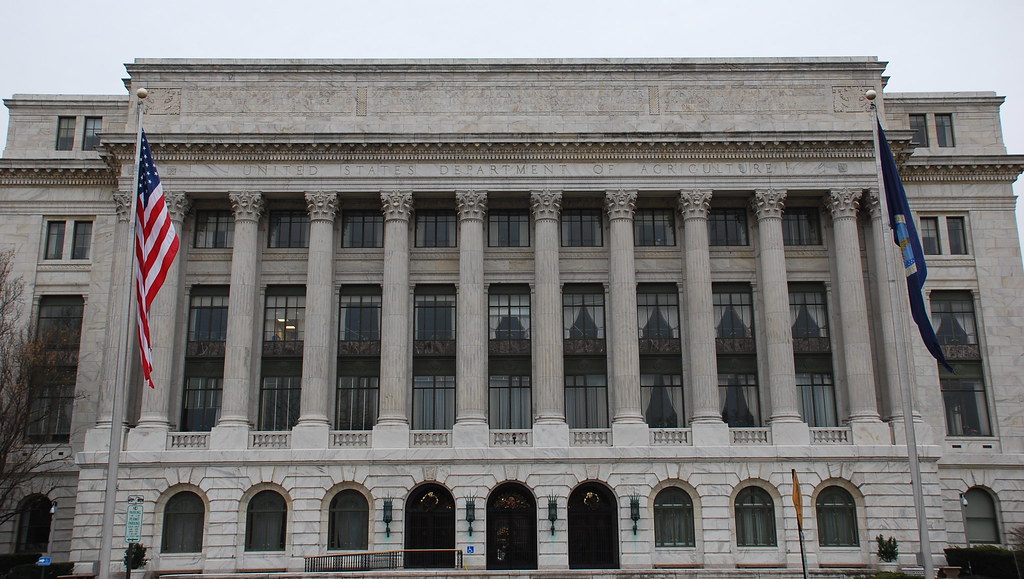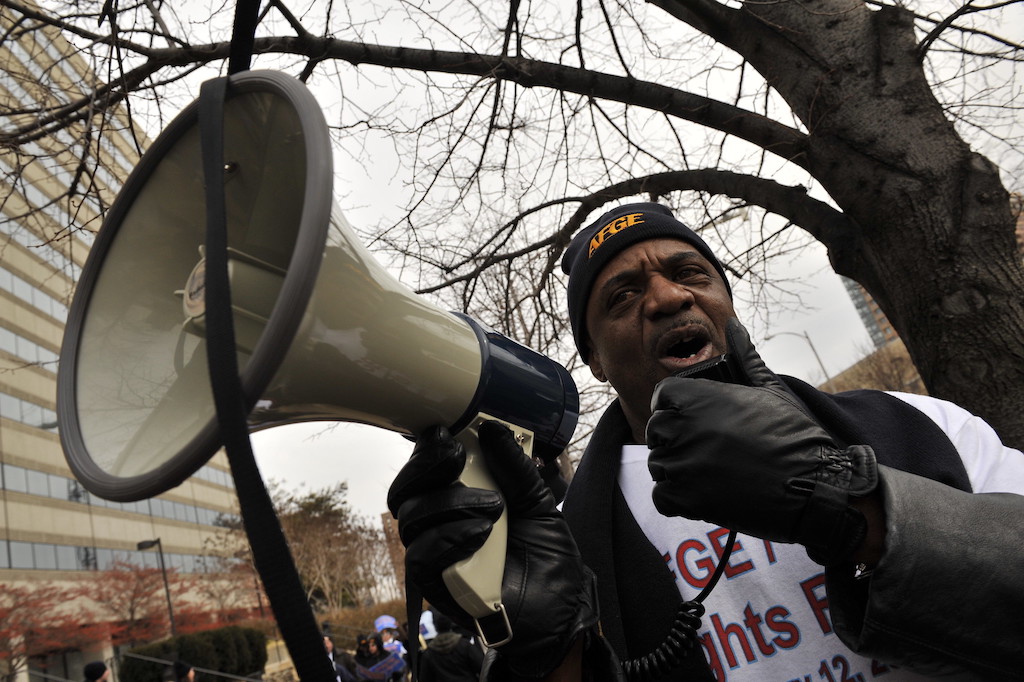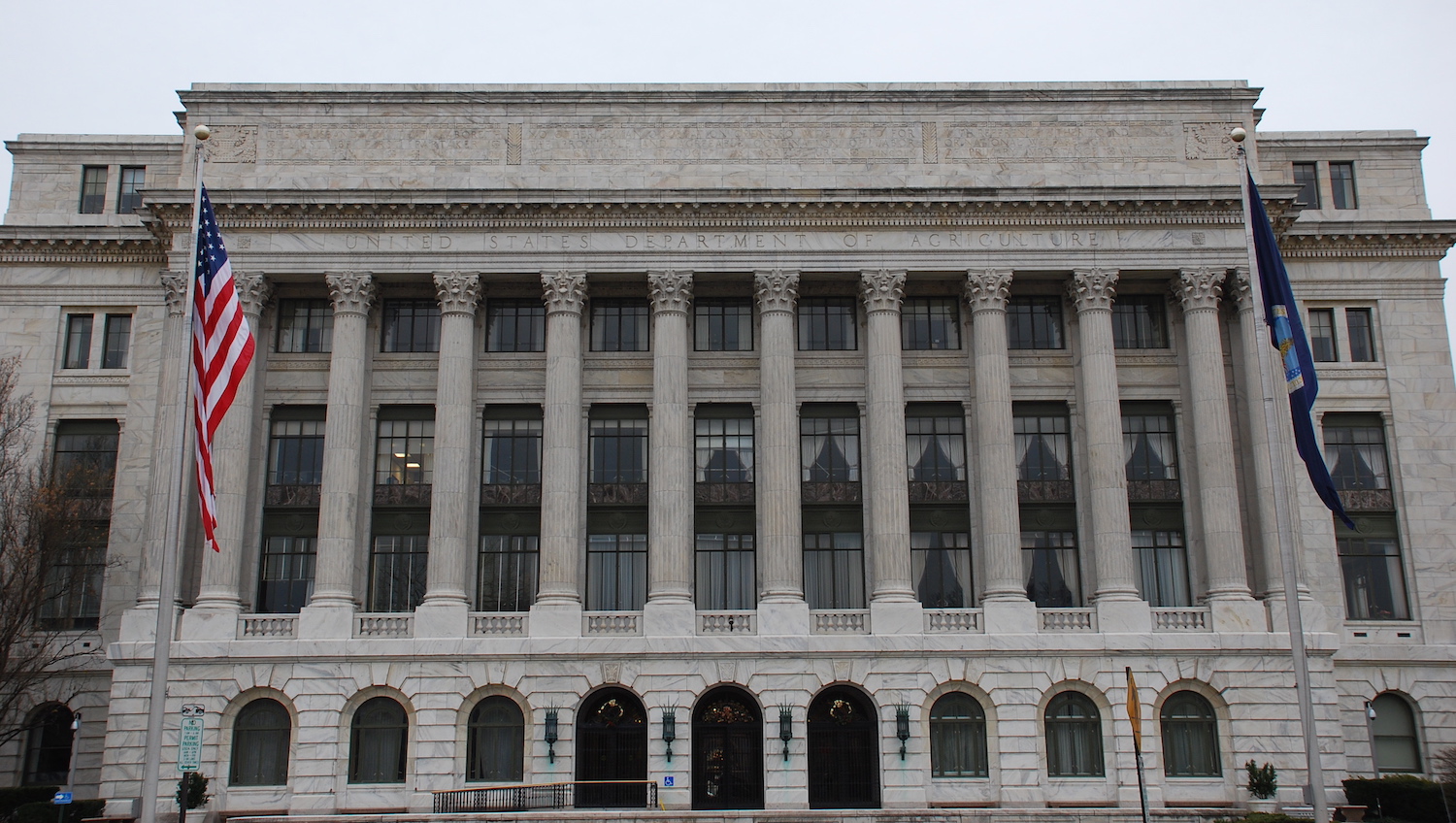Washington, D.C.—Employees of the Economic Research Service (ERS), an independent research office nestled within the Department of Agriculture (USDA), voted on Thursday to form a union. It was something of a landslide: 138 in favor to four against. There were a handful of contested votes, but not enough to sway the results. Both ERS employees and union organizers expressed hope that workers could gain the crucial leverage need to push back on controversial, upcoming changes to ERS.
In August of last year, Secretary of Agriculture Sonny Perdue announced that ERS would lose its independent status and be relocated out of the Beltway. Perdue defended the upheaval at the time as a cost-saving measure. But as my colleague reported, ERS watchers feared that the move was part of an effort by the Trump administration to weaken an office that often produced research findings that contradict or undermine the White House’s own messaging and policies.
“We’ve become an easy punching bag,” one ERS employee told me at Thursday’s vote, asking to remain anonymous. “We do research that doesn’t always align with politicians’ goals. [As a union], we can gain bargaining power to protect the work that we do.” The ERS reports are a critical source of information on everything from farm income to climate impact and food prices, and they often inform the policy decisions members of Congress make on behalf of their constituents.
“Cutting ERS in half doesn’t serve American taxpayers,” said Peter Winch, an organizer with American Federation of Government Employees (AFGE).
Meanwhile, Politico reported on Tuesday that a number of ERS economists from the 300-person department had left their jobs amid the prevailing climate of fear being stoked by the administration.
In the next few days, the Federal Labor Relations Authority will certify the ERS union, after which bargaining with USDA management will begin. Another union vote—for ERS’s sister agency, the National Institute of Food and Agriculture (NIFA)—will take place on June 11. AFGE organized that push, as well. Winch was confident that it would garner levels of support similar to those ERS saw today.
A third employee, who also asked to remain anonymous, noted that the significance of the union drive extended outside the walls of ERS.
The drive was organized by AFGE, which already represents 100,000 USDA employees. As of March 1, AFGE represents 700,000 federal and D.C. government employees in total.
Organizers told me that today’s union success was a result of countless one-on-one conversations they’d had with colleagues outside of the office. Some of the most difficult workers to convince about the importance of the union were economists who’d worked at the office for a long time.
“For employees who have been here for a decade or more, change can be hard to acknowledge because of how gradual change can be.”
So today’s turnout, and the mobilization behind it, was unprecedented.
“Something just had to give,” the first ERS researcher told me. “As economists, we know just how important [collective bargaining] is.
Correction: An earlier version of this article misstated the date of NIFA employees’ union vote. It will take place on June 11, not May 11.











